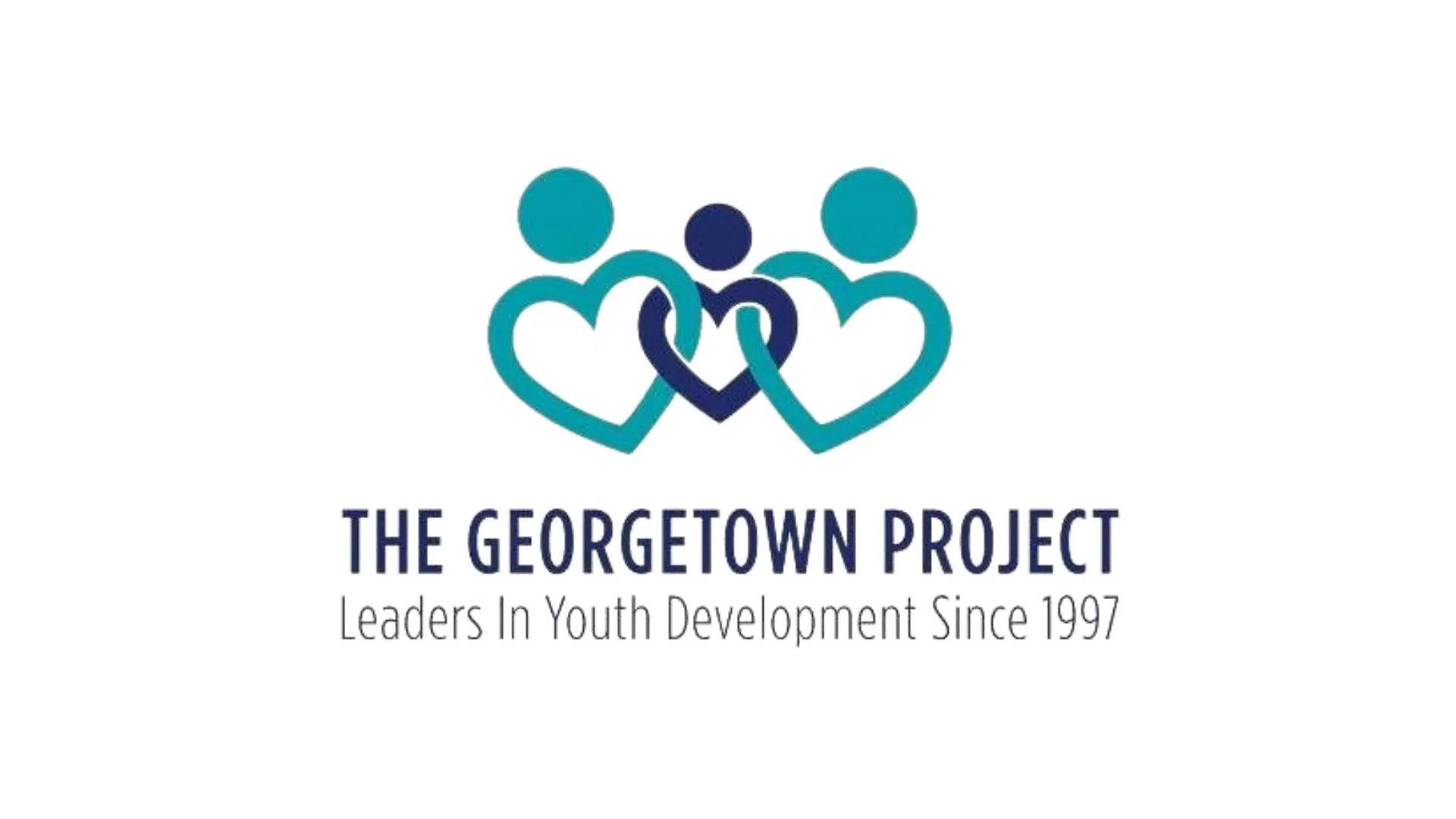The Georgetown Project (TGP) is celebrating its 25th anniversary with a 25-for-25 campaign to raise $25,000 by December 31. Funds raised will support its goals of Empowering Youth, Engaging Parents and Mobilizing Community as it seeks to improve the odds that all young people in Georgetown grow into caring, capable, and resilient young adults.
TGP Chief Executive Officer Leslie Janca has worked at TGP for the last 23 years, spending her first ten years as program director and moving into the CEO role about 13 years ago. “Before coming to The Georgetown Project I worked with a statewide nonprofit organization, and while I learned so much about nonprofit management and our beautiful State of Texas during that time, I am a huge believer in the power of a community coming together around a common vision for its young people,” Janca said, “That is what The Georgetown Project is all about.”
TGP vision is the same today as it was when it opened its doors 25 years ago – that Georgetown can be a community where no child is hungry, hurt, alone, or rejected, and where all children and youth believe they are loved, respected, and treated with dignity.
“This vision still inspires me every day,” Janca said. “And it has been a uniting vision that invites everyone who cares about kids to our table. The mission calls us to work collaboratively to build a strong safety net that supports the healthy development of children and youth.”
Building relationships and creating awareness among local nonprofits and amplifying the youth voice through youth summits and town halls has been been a founding strategy for success for TGP.
“It is powerful when youth come together with community leaders to talk about issues important to them,” Janca said. “Past youth summits have been catalysts for initiatives across the community, such as the City of Georgetown’s Youth Advisory Board, The Georgetown Project Youth Action Council, the Teen/Senior Center at Georgetown Parks & Recreation, creation or expansion of local after school programs and mental health services, and increased youth employment, leadership, and service opportunities.”
Janca also credits TGP’s dedicated Board of Directors as a large part of GTP’s success.
“We are fortunate to have board and staff members who stay focused on what is best for kids, which creates a culture of continuous learning, data-driven decision making, and relationship-building,” Janca said. “Welcoming diverse community perspectives helps to identify areas where we can build partnerships to address key issues affecting our youth. TGP was also the first organization to have youth on the Board of Directors and encouraged others to do the same. That is a common practice now, which is fantastic!”
TGP’s foundation for change is deeply rooted in the Search Institute’s 40 Developmental Assets framework, a strength-based approach to youth development that builds upon the promise in every young person. Backed by 50 years of health and prevention research, these 40 assets show that when young people gain positive relationships, experiences and opportunities from the world around them, they develop the traits, behaviors, and values that help them make positive choices and be better prepared for challenging situations.
Janca said examples of external assets are caring neighborhood, community values youth, and service to others. Examples of internal assets are school engagement, resistance skills, and integrity.
“My personal favorite, and one we work on diligently with older youth in our programs, is a positive view of the future,” she said.
Janca said they are especially excited about Search Institute’s newer Developmental Relationships framework, which identifies five key elements and 20 actions that help youth learn how to contribute and engage with the world around them. The five elements are Express Care, Challenge Growth, Provide Support, Share Power, and Expand Possibilities.
“I feel like Search Institute followed the Star Wars timeline example of rolling out the frameworks,” she said. “The Developmental Relationships framework in my mind builds the foundation of trust that creates opportunities for building Developmental Assets with youth.”
TGP has also created the Ready by 21 Pipeline, which is a national movement that challenges leaders to come together in new and better ways that will improve the odds that all youth are ready for college/career training, work, and life.
“Locally, we created the Ready by 21 Pipeline as a start toward mapping community resources available for youth, cradle to career,” Janca said. “We focused on public, nonprofit resources that are free or low-cost and offered here in Georgetown. It is a partnership of The Georgetown Project, Georgetown Health Foundation and Healthy Williamson County.”
TGP not only serves thousands of Georgetown residents each year, but also mentors other communities across the country looking to replicate the collaborative spirit and nonprofit synergy around children and youth that is alive and well here in Georgetown. Janca said they provide training on Developmental Assets and Developmental Relationships and a number of communities have created programs modeled after Bridges to Growth, ASAP, and the NEST Empowerment Center.
“The most recent example is The Cove, which serves homeless high school students in Waco,” Janca said. “We worked with the City of Waco, Waco ISD, Baylor University, and the Waco Foundation as they created this wonderful program for homeless youth in Waco.”
TGP has served over 60,000 youth and parents over the past 25 years and has over 100 community partners. The success stories on an individual level are too many to tell here, but Janca still remembers the young lady who started coming to the NEST Empowerment Center the first month it opened back in 2011.
“She was shy and withdrawn, and wore a big sweatshirt with a hood to cover her eyes, Janca said. “We noticed it was the same sweatshirt most days, so after a month or so, she allowed us to provide a t-shirt for her to wear while we washed her sweatshirt.”
Over time she began to develop trust with the NEST adult volunteers and they learned that most of the time she lived in the car with her dad. They learned about her past trauma and while they couldn’t fully solve her housing challenge, they could provide a regular place she could come after school with a home cooked dinner, a place to wash her clothing, and everything she needed to get ready for school the next day.
“Mainly, she knew there were adults who cared about her there,” Janca said. “That was the beginning of our partnership with GISD in serving some of our most at-risk students. It is the school-community partnership that made a difference for her.”
The young lady stayed in school, got counseling and tutoring, graduated high school, got her CNA, and went to nursing school on a scholarship provided by a TGP donor. She is a nurse in south Texas today.
“I think of her often,” Janca said.
For more information on TGP or to learn how to get assistance or how to become a volunteer, visit their website at georgetownproject.org.
“We have volunteer opportunities to work directly with youth from birth into young adulthood and their parents, or to serve on a committee on our Board,” Janca said.
There are wish lists on the website that anyone can fill and the community is welcome to attend their Collaborative for Children & Youth meetings to get to know the youth-serving landscape in Georgetown.
To donate to the 25-for-25 campaign click here to make your tax-deductible gift before the end of the year.




 Business Directory
Business Directory Add Your Business
Add Your Business Job Board
Job Board Guides and Features
Guides and Features Tech Tip Tuesday with Computek
Tech Tip Tuesday with Computek Education Spotlight with Huntington Learning Center
Education Spotlight with Huntington Learning Center A+ Roofing Tips from APEX Roofing
A+ Roofing Tips from APEX Roofing Restaurants in Georgetown, TX
Restaurants in Georgetown, TX Dog Friendly Establishments in Georgetown, TX
Dog Friendly Establishments in Georgetown, TX Adopt a Pet in Georgetown, Texas
Adopt a Pet in Georgetown, Texas Holiday Guides
Holiday Guides Festival and Events in Georgetown, TX
Festival and Events in Georgetown, TX Downtown Georgetown Guide
Downtown Georgetown Guide Local Assistance
Local Assistance Churches in Georgetown, TX
Churches in Georgetown, TX Summer Camps in Georgetown, TX
Summer Camps in Georgetown, TX Swimming in Georgetown, TX
Swimming in Georgetown, TX Coming Soon
Coming Soon Events
Events Add Your Event
Add Your Event Live Music in Georgetown
Live Music in Georgetown Southwestern University Athletics
Southwestern University Athletics Newsletter
Newsletter Newsletter Archive
Newsletter Archive Subscribe
Subscribe Submit Your Photo
Submit Your Photo 2024 Georgetown's Best Awards
2024 Georgetown's Best Awards








Comments